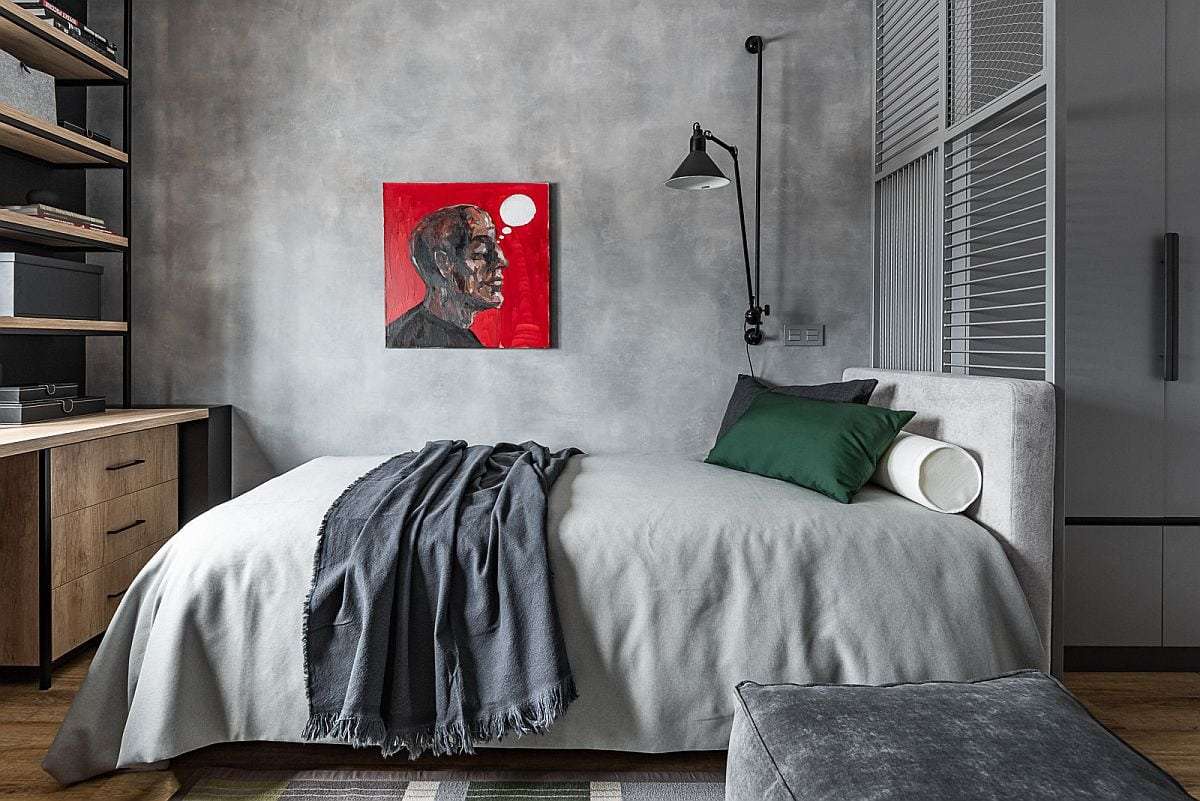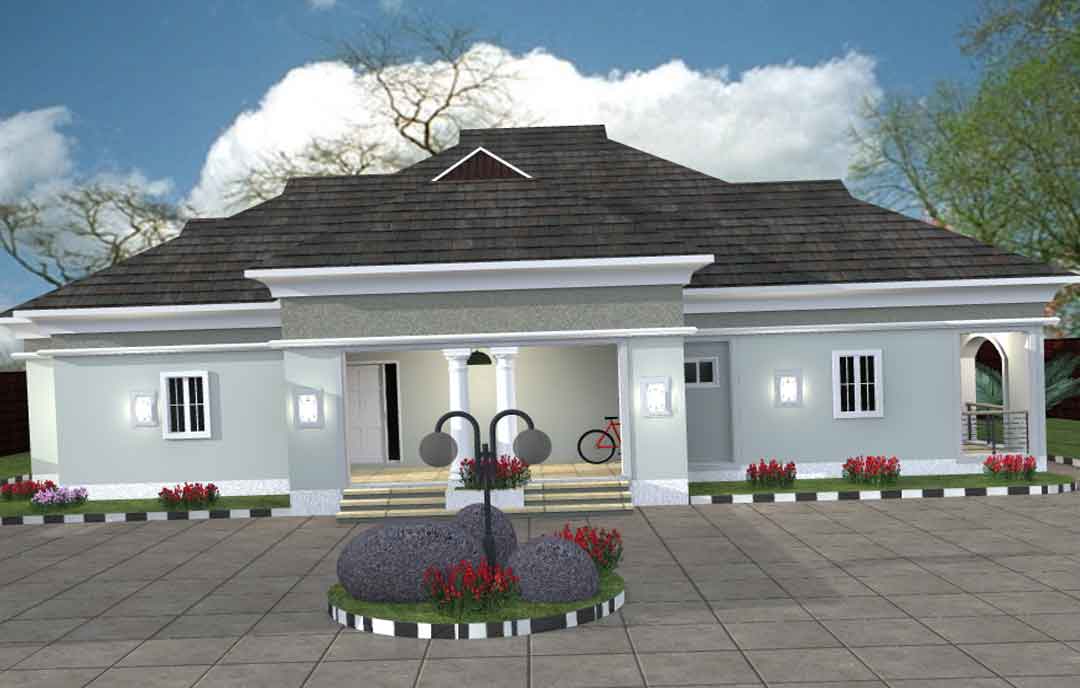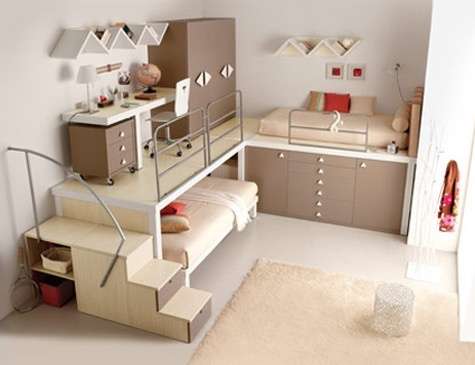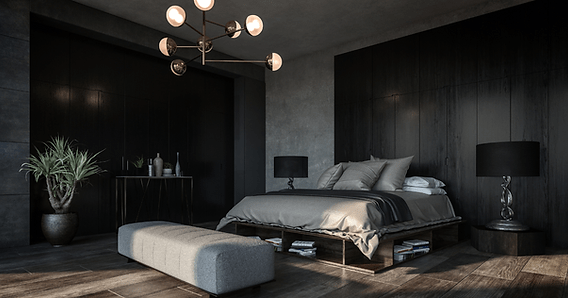Creating a bedroom with high ceilings presents a unique and exciting opportunity to craft a truly magnificent and personalized space. The vertical expanse allows for dramatic design choices that can elevate the room from simply functional to breathtakingly beautiful. Successfully navigating the challenges and capitalizing on the advantages of a high-ceilinged bedroom requires careful consideration of scale, proportion, and the overall aesthetic you wish to achieve. Mastering the art of bedroom with high ceiling interior design can turn an ordinary room into an extraordinary sanctuary, and we are here to show you how. Achieving the perfect bedroom with high ceiling interior design can feel challenging but with the right approach, you can conquer the task.
Maximizing Vertical Space
High ceilings naturally draw the eye upward, and your design should embrace this. Consider these strategies:
- Statement Lighting: Opt for chandeliers, pendant lights, or multi-tiered fixtures that command attention and fill the upper reaches of the room. Don’t be afraid to go big!
- Vertical Art: Large-scale paintings, tapestries, or gallery walls can visually connect the floor to the ceiling, creating a cohesive look.
- Tall Headboards: A soaring headboard acts as a focal point and helps to ground the bed within the expansive space. Upholstered headboards can add texture and softness.
Creating a Sense of Intimacy
While high ceilings are desirable, they can sometimes make a room feel cold or impersonal. Here’s how to combat that:
- Color Palette: Warm, rich colors on the walls can create a cozier atmosphere. Consider using darker shades on the upper portion of the walls to visually lower the ceiling.
- Textural Elements: Incorporate plush rugs, layered bedding, and textured wall coverings to add depth and warmth to the room.
- Drapery: Floor-to-ceiling curtains not only add elegance but also help to soften the harsh lines of the room and absorb sound. Choose heavier fabrics for added insulation and light control.
Furniture Considerations
Choosing the right furniture is crucial for maintaining the proper scale and proportion in a high-ceilinged bedroom.
Scale and Proportion
Avoid furniture that is too small or delicate, as it will get lost in the vastness of the room. Opt for larger, more substantial pieces that can hold their own against the high ceiling. Consider adding tall bookshelves or armoires to further emphasize the vertical dimension.
Remember, the balance between the furniture and the space is key to a visually appealing bedroom with high ceiling interior design.
Arrangement
Pay close attention to the arrangement of your furniture. Avoid overcrowding the room, as this will only accentuate the height and make the space feel even more cavernous. Instead, focus on creating distinct zones within the room, such as a sleeping area, a reading nook, or a dressing area.
Comparative Table: High vs. Low Ceilings
| Feature | High Ceilings | Low Ceilings |
|---|---|---|
| Feeling | Spacious, airy, grand | Cozy, intimate, enclosed |
| Lighting | Requires strategic lighting to fill the space | Easier to light effectively |
| Furniture | Larger scale furniture recommended | Smaller scale furniture preferred |
| Decor | Vertical art and statement pieces work well | Horizontal art and minimal clutter are ideal |
Ultimately, designing a bedroom with high ceilings is about striking a balance between maximizing the vertical space and creating a comfortable, inviting atmosphere. With careful planning and attention to detail, you can transform your bedroom into a stunning sanctuary that reflects your personal style. The key to crafting the perfect bedroom with high ceiling interior design is to blend your needs with the possibilities of the space.
Don’t underestimate the power of architectural details. Exposed beams, crown molding, or even a coffered ceiling can add visual interest and break up the monotony of a large, blank space. These elements not only add character but also contribute to the overall feeling of warmth and sophistication. Consider the existing architecture of your room and how you can enhance or complement it with your design choices.
PERSONALIZING YOUR SANCTUARY
Beyond the fundamental design principles, remember that your bedroom should be a reflection of your personal style and preferences. Incorporate elements that bring you joy and create a sense of calm and relaxation. This could include:
– Personal Collections: Display cherished items, such as photographs, travel souvenirs, or artwork, to add a personal touch.
– Indoor Plants: Introduce greenery to purify the air and create a sense of connection to nature.
– Comfortable Seating: A cozy armchair or window seat provides a comfortable spot to relax and unwind.
SOUND MANAGEMENT
Large rooms with high ceilings can often suffer from poor acoustics. Sound can bounce around the space, creating an echoey or cavernous effect. Here’s how to mitigate this:
– Soft Furnishings: Rugs, carpets, and upholstered furniture help to absorb sound and reduce reverberation.
– Wall Coverings: Textured wallpaper or fabric panels can also help to dampen sound.
– Acoustic Panels: Consider installing acoustic panels strategically throughout the room to further improve sound quality. These can be disguised as artwork or integrated into the overall design.
EMBRACE THE LIGHT
High ceilings often allow for larger windows, which can flood the room with natural light. Maximize this advantage by:
– Window Treatments: Choose window treatments that allow you to control the amount of light entering the room. Sheer curtains can provide privacy while still allowing natural light to filter through, while blackout curtains can block out light for a restful sleep.
– Mirror Placement: Strategically place mirrors to reflect light and create the illusion of even more space.
– Light Fixtures: Supplement natural light with a variety of artificial lighting sources, including ambient lighting, task lighting, and accent lighting.
Remember that your bedroom is your personal haven, a place where you can escape the stresses of the day and recharge your batteries. By carefully considering the unique challenges and opportunities presented by high ceilings, you can create a bedroom that is both visually stunning and deeply comforting. Your approach must combine a mastery of design principles with a keen understanding of your personal needs and preferences. By following these guidelines and trusting your instincts, you can create a bedroom with high ceiling interior design that is truly exceptional.






